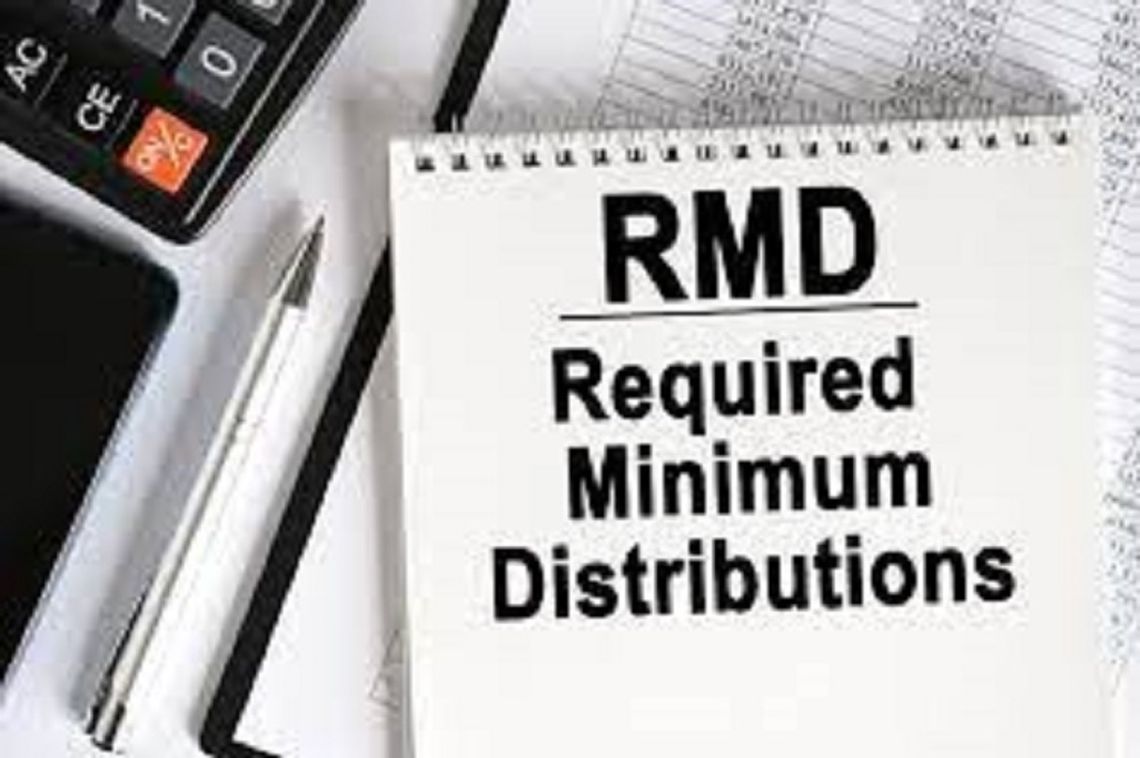When you’re working, you may spend decades contributing to retirement accounts such as your 401(k) and IRA. Once you’re retired, though, you’ll likely need to begin withdrawing from these accounts to help pay for your living expenses. In fact, you’ll be required to take money from them at a certain age — but that age requirement is changing, and it could lead to changes in your financial strategy.
Let’s look at some background behind this development. You put in pre-tax dollars to a traditional IRA and 401(k), so your contributions can lower your taxable income and your earnings can grow on a tax-deferred basis. Eventually, though, you must take withdrawals from these accounts or face tax penalties. (A Roth IRA does not have the withdrawal requirement; you can essentially keep the money intact as long as you choose.) As part of the SECURE Act 2.0 of 2022, the age at which you must take these withdrawals — technically called required minimum distributions, or RMDs — has increased from 72 to 73. So, if you turn 72 in 2023, you now have another year before you’re required to take RMDs.
The SECURE Act 2.0 also mandates that, in 2033, the RMD age will increase again — to 75 — so, depending on your current age, you may have even more time to plan for the effects of RMDs. Of course, you may need to start taking withdrawals from your retirement accounts before you reach either RMD age — 73 or 75 — so the additional time may not mean much to you. But if you can afford to wait until you must start taking RMDs, what issues should you consider?
Perhaps the most important one is taxes. Your RMDs, which are based on your life expectancy and account balances, are considered taxable income in the year in which you accept the money. If you have sizable amounts in your traditional IRA and 401(k), these RMDs could be large enough to bump you into a higher tax bracket, leading to greater taxation of Social Security benefits and a Medicare surcharge. So, the ability to delay taking RMDs can be beneficial from a tax standpoint, at least for a time. On the other hand, by delaying RMDs, you might eventually have to take bigger taxable withdrawals from your accounts that may have larger balances because they’ve had more time to potentially grow.
You could address the issue of taxable withdrawals by converting your traditional IRA to a Roth IRA before you’re faced with RMDs — and now, you have more time to do so. Roth IRAs have no RMDs, and since a Roth IRA is funded with after-tax dollars, your withdrawals are tax-free, provided you don’t begin taking them until you’re at least 59½ and you’ve had your account for at least five years. Again, though, taxes are the issue — any pre-tax dollars you convert from a traditional IRA to a Roth IRA will be taxable in the year of the conversion. To reduce this tax hit, you could space out the conversion over several years.
When thinking about delaying RMDs or doing a Roth IRA conversion to avoid RMDs, you’ll need to consult with your tax advisor. But the new RMD age limits do give you more flexibility in these areas, so think carefully about how you might benefit from the added time.
This article was written by Edward Jones for use by your local Edward Jones Financial Advisor. Edward Jones, Member SIPC.









Comment
Comments